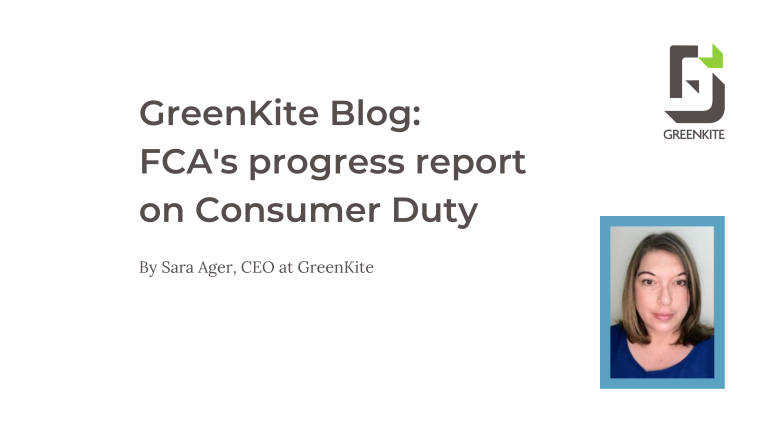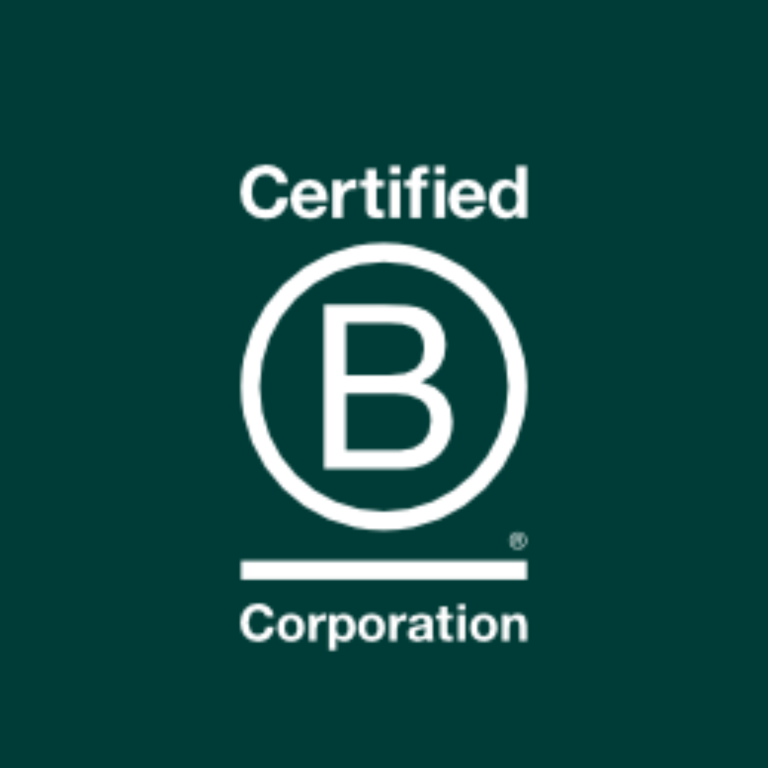
FCA’s progress report on Consumer Duty
Last week, the FCA published the findings of their multi-firm review of Consumer Duty and the status of the implementation plans. The review focussed on 60 fixed firms (larger firms with a dedicated supervision team at the FCA).
The objective of the review was to understand what approaches firms are taking to embed the Duty and to highlight areas of focus for the market more generally. In due course, the FCA is also expected to survey a further 600 smaller firms to monitor implementation.
Whilst the review focussed on larger businesses, the findings are no less relevant for smaller market players such as MGAs, distributors, and outsourced providers. In this summary, we will focus on how the findings from larger firms can be used as lessons learned and as a guide for smaller firms.
What you need to know
The FCA highlighted the following 3 key areas:
1. Effective prioritisation
FCA opinion: the FCA found that firms could not robustly articulate the rationale behind why some aspects of the Duty were being prioritised over others e.g. prioritising communications testing of smaller or simpler products with lesser risk of poor customer outcomes, or spreading resources evenly rather than in a targeted fashion. That’s not to say these should not be reviewed in due course, they should! However, the point here is that immediate focus and priority should be given to products/communications and the customer journey for products that inherently carry a greater risk of poor outcomes.
GK’s view: the implementation of the Duty is very much like your school maths homework – you need to ‘show your workings’ to be able to demonstrate that you’ve understood the requirements. This isn’t just a focus area for larger firms, the FCA has made it clear they intend to expand their thematic work to smaller firms – and they take the approach that ‘if it isn’t written down, it didn’t happen!’ It is in our view critical that all firms subject to the Duty are clearly undertaking a strategic risk assessment of the areas of the business that could potentially drive poor customer outcomes.
2. Embedding the substantive requirements
FCA opinion: the review looked at firms’ October Board plans, and whilst the FCA acknowledges that these plans were in the early stages, they are concerned that firms are over-confident that existing policies and controls are already sufficient to meet the requirements of the Duty.
GK’s view: this is a view consistent with some of our own experiences, through our work supporting firms in the market implementing the Duty. Existing TCF policies and conduct MI will not be sufficient to meet the higher standard the Duty imposes on firms. Evidencing you are meeting the requirements of Consumer Duty is not about justifying ‘that what you have in place is sufficient for the regulators’, it’s taking a fresh look at what you already do, with an outcome-based mindset and monitoring framework.
Lloyd’s of London articulates the difference between process and outcome-based thinking well in its principles-based Oversight Framework.
Rules/process-based approach:
- Have we checked all the requirements?
- Do we have the required processes/ policies/ procedures in place?
- Have we checked the performance of our controls through a control assessment?
- Have we done an audit of our controls?
- Do we have the required documentation?
Outcome-based approach:
- How successful have we been in achieving the outcome?
- Are there times when we have not been successful? What should/ could we have done differently?
- How are we satisfied that we are achieving the outcome in a way that’s appropriate to our business?
- Do we know what our peers are doing?
- What can we conclude about the results of second- and third-line independent reviews?
- What performance data do we have to support our assessment?
- Based on our assessment what actions do we need to take?
We would challenge firms for thinking they are perfect when it comes to delivering good outcomes, and whilst undoubtedly there is existing good practice and progress towards this in the market, more can and should be done to lift the lid, especially when it comes to how firms communicate with, and support, customers.
3. Working with other firms
FCA opinion: the FCA identified that the October Board plans reviewed did not give sufficient focus to working with and sharing information with others in the distribution chain and that firms need to accelerate their work in this area. Their review refers to working with outsourced providers and ensuring firms are adequately sharing information. The requirement goes further than providing fair value and product assessment outputs to distributors where the FCA have already expressed concerns regarding the quality of these communications.
GK’s view: firms need to consider the information flows between manufacturers and distributors carefully. Whilst the FCA puts the emphasis on manufacturers “to ask for” and distributors “to provide” information – this should be a two-way street.
Manufacturers should be:
› Clearly articulating the positive and negative target market for their products
› Seeking insight regarding any issues in relation to the target market assessment, or vulnerable customers
› Seeking confirmation whether sales outside the target market have been identified
› Providing insight and training to distributors on how the product operates in practice
Distributors should be:
› Challenging the manufacturer where they disagree with the target market assessment
› Proactively sharing information/reporting any friction or sludge practices they are seeing in other parts of the journey
› Sharing customer feedback/insights they are receiving about the product
We are also hearing of firms failing to communicate their approach to Consumer Duty with their outsourced providers and claims TPAs, and as yet, they are not holding their agents to account on delivering the enhanced requirements. Manufacturers need to be reviewing the customer journey as a whole and ensuring that third-party providers are delivering good customer outcomes.
Manufacturers must also ensure that outsourcers are meeting the requirements of the Duty in respect of the products they service – and whilst outsourcers may have their own plans and process, manufacturers should see and treat the outsourcer as an extension of themselves. Firms must hold their agents to account to achieve good customer outcomes, and this is by explicit design.
What Does this all mean?
1. Evidence. Evidence. Evidence. All firms need to ensure that they record all of their thought processes, their ‘workings’, key decisions, and logic gates. The FCA will be looking to ensure firms have challenged decisions appropriately and robustly. A verbal discussion without follow-up didn’t happen!
2. Prioritise smartly – you can’t boil the ocean all at once. Cut your programme down into key risk areas. You get those right and the rest will become more accessible and easier.
3. Think outcomes, not process. Your decision making will be much easier if thinking is not constrained by a ‘this is how it’s always done’ mentality.
4. Put in place regular feedback loops with distributors and outsourced providers (and include this as part of your delivery plan) – you don’t know what you don’t know, and this insight is likely to be invaluable.
5. Don’t forget, the Duty also applies to commercial (SME) business, not just personal lines firms. Consider carefully the customer demographics within the firms’ books of business – with certain products these can vary widely. All too often we are hearing that the FCA’s ‘Vulnerable Customers’ guidance under the Duty doesn’t apply to commercial business. This is an incorrect starting point – and a mistake for products like commercial
property, cyber and PI, which can often include small businesses that can become vulnerable as a result of the incurred peril with limited financial resilience.
6. For smaller market players, such as MGAs and distributors, proportionality is obviously an important factor. There are simple and effective ways to achieve the requirements and good outcomes for your customers, without breaking the bank.
How we can help
GreenKite has developed a model and is helping firms deliver the requirements, proportionate to the nature and scale of smaller firms. If you think you are falling behind or would like to discuss and benchmark what you are doing, please get in touch.






